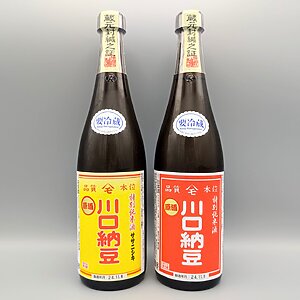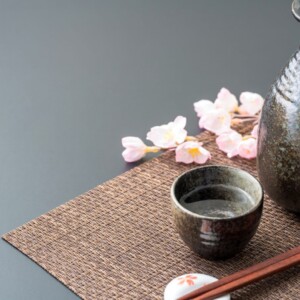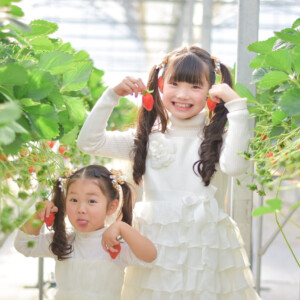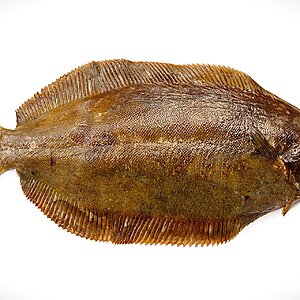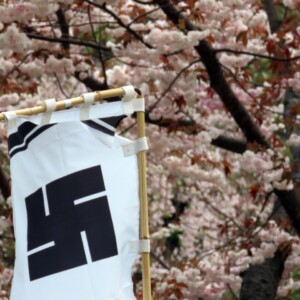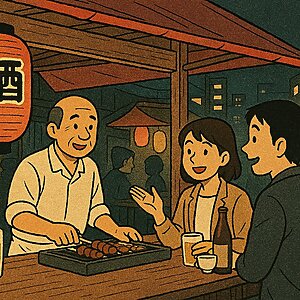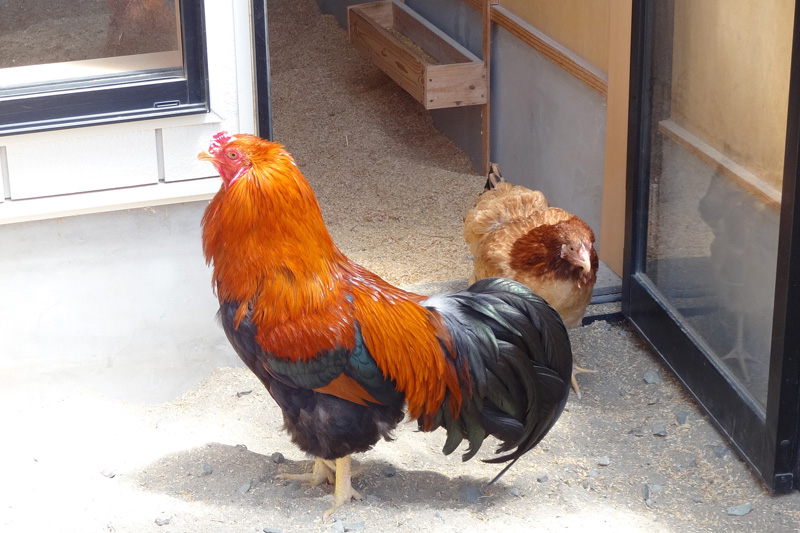
It's not just Akita dogs! "Akita Three Chickens" is a natural monument in Odate City [Akita Prefecture]
table of contents
- 1 Hinai chicken was so delicious that it served as annual tribute to the Kubota clan.
- 2 "Koeyoshi chicken" that crows continuously for more than 20 seconds in one breath
- 3 Very short-tempered and violent. Fighting cock breed “Kinhachi”
- 4 The Akita Three Chicken Memorial Museum protects the bloodline of the Akita Three Chickens and puts effort into breeding them.
- 5 ``Akita Prefecture Koyora Chicken, Hinai Chicken, and Kinpachi Chicken Exhibition'' where you can see the current situation of Akita Three Chickens
- 6 "Hinai Jidori" whose quality is protected under extremely strict management standards
Odate City is known for its Akita dogs the three Akita chickens are the Hinai chicken, the Koeyoshi chicken, and the Kinpadori, which are wild chickens from the country and prefecture. There is a chicken designated as a monument.
The city is working hard to preserve and breed the precious three chickens, and you can see them in good health at the Odate Folk Museum/Akita Three Chicken Memorial Museum
Hinai chicken was so delicious that it served as annual tribute to the Kubota clan.
Hinai chicken (Hinaidori) a native chicken that was originally raised the Hinai region (Odate City, Kitaakita City, Kamikoani Village) in the middle reaches of the Yoneshiro River It is said that the chicken was created by crossing the gamecock.
It has a large body, with males weighing approximately 3.75 kg and females approximately 2.6 to 3.0 kg (currently, chickens raised for food are approximately 2.3 to 2.7 kg), according to records from a survey conducted in 1932. ).
Nowadays, ornamentals , but they were originally kept widely for meat. The meat is relatively low in fat and is said to be light, and is similar to wild birds such as pheasant and yamadori, which were said to be the highest quality chicken in the Edo period.As the favorite chicken of the feudal lord, it was given as an annual tribute to the Kubota domain (Akita domain). was also provided.
Hinai chicken is a natural monument and is not distributed as meat.
Pure-bred Hinai chickens have low fertility and are susceptible to diseases, so after the Meiji period, the number of Hinai chickens kept decreased dramatically as they were overtaken by chickens imported from overseas. Therefore, in order to protect the Hinai chicken, a valuable native breed, from extinction, it was designated as a national natural monument in 1942 as a "pure Japanese chicken that has not been bred since its birth." Ta.
Hinai chickens have been designated as natural monuments, they can no longer be distributed as commercial products other than for the private use of farmers who raise them. However, many people complained about the good meat quality of Hinai chicken, and in 1973, the Akita Prefectural Livestock Experiment Station began breeding the Hinai chicken to take advantage of its good meat quality. Hinai Jidori was born by crossing a male Hinai chicken with a female Rhode Island Red breed, which is native to the United States .
"Koeyoshi chicken" that crows continuously for more than 20 seconds in one breath
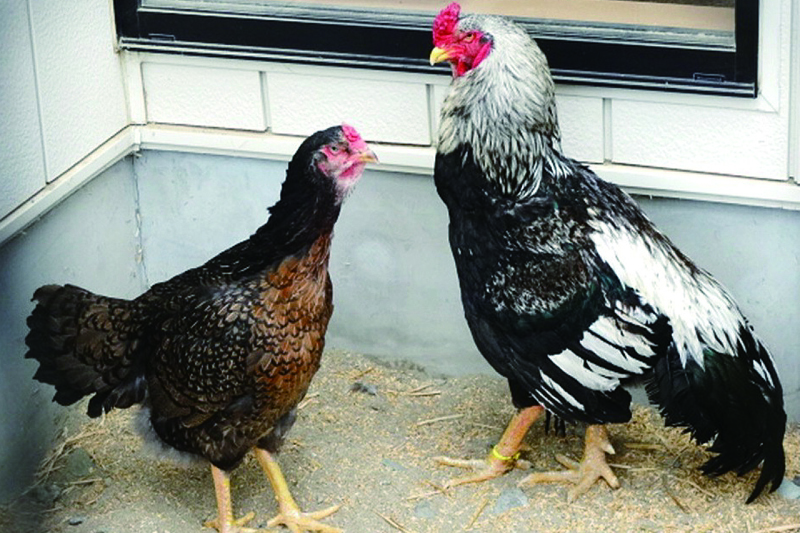
Koeyoshidori a type of long-singing chicken with a long cry Japan's three major long-singing chickens, along with of Kochi Prefecture and Tomaru of Niigata Prefecture. It is said that These chickens were bred during the Edo period through repeated breeding for the purpose of making them crow for a long time, and samurai families, wealthy farmers, wealthy merchants, and others competed on the length of their cries.
It is said to have originated in the Yoneshiro River basin of Akita Prefecture, such as Odate and Kazuno (there are Kazuno and Odate theories), and it is now bred in Akita Prefecture, Aomori Prefecture, and Iwate Prefecture.
It is the male that sings for the longest time, and for ornamental purposes, the length of the song as well as the appearance are important, and contests are held in various places related to the long song. Male chickens are large, weighing 4 to 5 kg, and in Aomori Prefecture, the length of their voices is important, and in Akita Prefecture, they have improved their appearance as well as their voices.
In terms of vocal length alone, Aomori Prefecture is said to be the longest in the country, with crows lasting between 12 and 17 seconds, with some chickens cries for over 20 seconds. The bird ``Kokkogoooh,'' then raises the O part and continues to make the sound for as long as it can breathe.
It is difficult for even a human being to keep making a sound for 20 seconds, but it is moving to see them keep shouting with their hearts out. The look on their faces when they finish singing, saying, "Females, did you hear me!" is a sight to behold. The Koyora chicken a national natural monument .
Very short-tempered and violent. Fighting cock breed “Kinhachi”

The Kinpadori is a mutant breed that was created by chance during the late Edo period when Kinpachi, a fishmonger living in Odate, repeatedly crossed breeding cocks to create stronger fighting cocks, and was the result of a cross between a gamecock and a Hinai chicken.
Improvements continued after that, and it is said that the current body shape was fixed in the Meiji period. It is a relatively small chicken, weighing approximately 1.7 kg for males and 1.2 kg for females, but its black color and short temper give it the appearance of a cockfighting breed. In the Odate region, people who are short-tempered and quarrelsome are called "kinpa." In 1959, it was designated as a natural monument of Akita Prefecture
The Akita Three Chicken Memorial Museum protects the bloodline of the Akita Three Chickens and puts effort into breeding them.
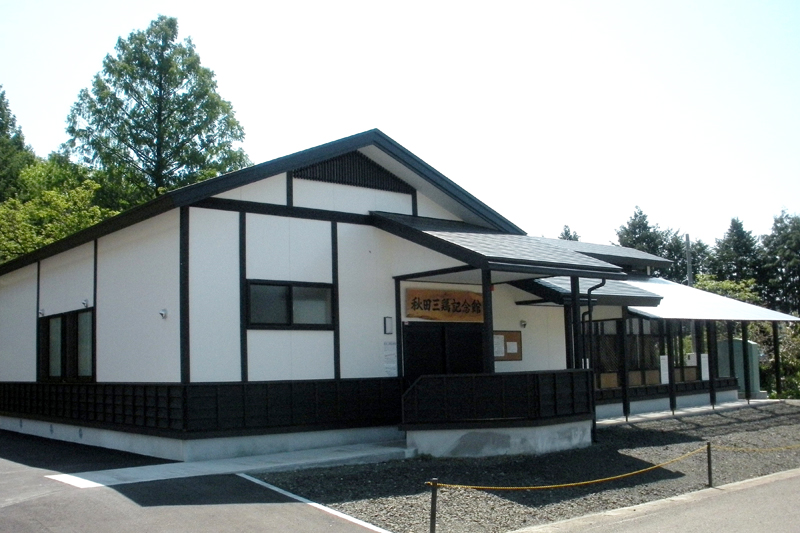
The Akita Three Chicken Memorial Hall the Odate Folklore Museum , and houses the Hinai Chicken (National), Koyoshi Chicken (National), Kinpachi Chicken (Kinpachi Chicken), which are designated as national and prefectural natural monuments. This memorial museum was built to exhibit the Akita Three Chickens from the prefecture, as well as to preserve and propagate their lineage.
At the memorial museum, we hatch and raise eggs entrusted to us by members of the Akita Three Chicken Preservation Society every year, and then raise them at members' homes and hold exhibitions. At the exhibition, excellent young chickens are selected from those brought in, numbered leg rings are attached, and the chickens are recorded in a ledger.
Akita Sankei Memorial Museum<Information>
- Facility name: Akita Sankei Memorial Hall
- Location: 1 Shishigamori, Shakanai, Odate City, Akita Prefecture
- Phone number: 0186-43-7133 (Odate Folk Museum)
- Opening hours: 9:00-16:30
- Opening period: April to November
- Closed: Mondays (the next day if Monday is a public holiday)/December to March
- Admission fee: Free
- URL: Akita Sankei Memorial Museum
- access
- Railway/Approximately 10 minutes by bus from Odate Station on the Ou Main Line, approximately 3 minutes on foot from Shishigamori bus stop
- Car: Approximately 4 minutes from Akita Expressway Odate-kita IC
Google Map
``Akita Prefecture Koyora Chicken, Hinai Chicken, and Kinpachi Chicken Exhibition'' where you can see the current situation of Akita Three Chickens
The three Akita chickens, Hinai chickens, Koyoshi chickens, and Kinpachi chickens, are carefully raised by the members. Until the early 1970s, each of the three chicken preservation societies operated separately, but in 1972 they the Akita Prefecture Koyara Hinai Chicken Kinpachi Chicken Preservation Society , and since then have become one. As a preservation society, we are responsible for protecting and breeding the three chickens.
As part of its activities, the Akita Prefecture Koora Hinai Chicken Kinpachi Chicken Preservation Society holds exhibitions in the spring and in the fall, which are open to the general public. In addition, during the Odate Cherry Blossom Festival in spring, the Akita Prefecture Koyora Chicken Exhibition is held, where visitors compete in the sound of the Koyoshi Chicken's cries, and the beautiful sound of the Koyoshi Chicken's cries echoes throughout the venue. For information on exhibitions, exhibition dates, and venues, please contact the Akita Sankei Memorial Museum or the Akita Prefecture Koyoshi Hinai Chicken Kinpachi Chicken Preservation Society.
Akita Prefecture Koyara Hinai Chicken Kinpachi Chicken Preservation Society <Information>
- Held by: Akita Prefecture Koyara Hinai Chicken Kinpachi Chicken Preservation Society
- Phone number: 090-9532-6262
"Hinai Jidori" whose quality is protected under extremely strict management standards
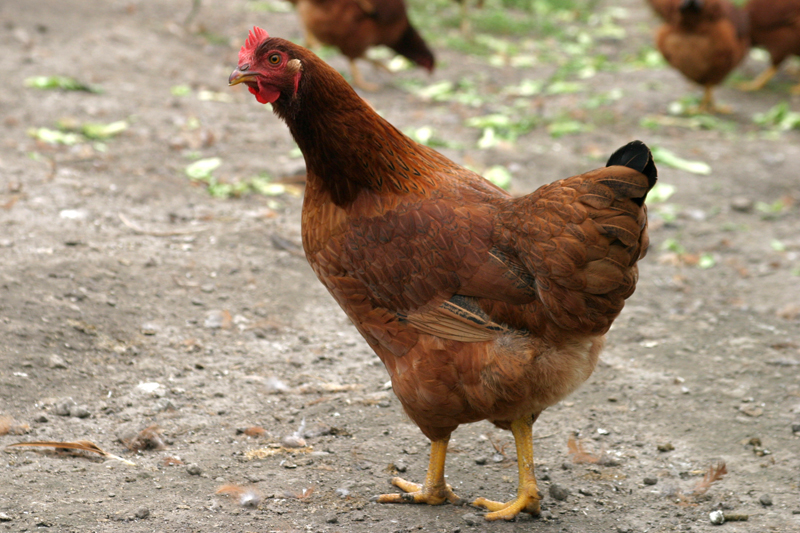
Hinai chickens were originally large, but in the 1970s due to poor reproductive ability and poor breeding conditions, the weight of the male chicken was about 1.6 to 1.9 kg, and the female was about 1.2 to 1.4 kg, which was half the weight in the early Showa era. I did.
At the Akita Prefecture Livestock Experiment Station, we first crossed the best-growing Hinai chickens selected from Hinai chickens to create a strong Hinai chicken, and then worked on fixing it. This newly created Hinai chicken was named "Akita Hinai chicken"
As a result of breeding this male Akita Hinai chicken with females of various breeds, we found that the hybrid with Rhode Island Red, a red-haired breed native to America, had the best meat quality and was also the strongest . ``Uchijidori'' and mass breeding began.

, only Hinai Jidori chickens that have been raised and produced under the production and management standards of the Hinai Jidori Brand Certification System, which certifies that Akita Prefecture is genuine Hinai Jidori, are known as ” cannot be named.
Hinai chicken production management standards
- A first-generation hybrid created by crossing Akita Hinai chickens (male) and Lord chickens (female).
- Breeding period Female: Must be kept for at least 150 days from hatching date
- Male: Must be kept for more than 100 days from hatching date
- Breeding method: Animals must be kept cage-free or free-range after 28 days of age.
- Rearing density No more than 5 birds per square meter after 28 days of age
In other words, only the chicks (first-generation crossbred) born to females of the Rhode Island Red breed that were crossed with male Akita Hinai chickens are Hinai-jidori, and their grandchildren cannot be called Hinai-jidori. Although it is not written in these conditions, some breeding farms have even stricter sterile conditions for breeding.
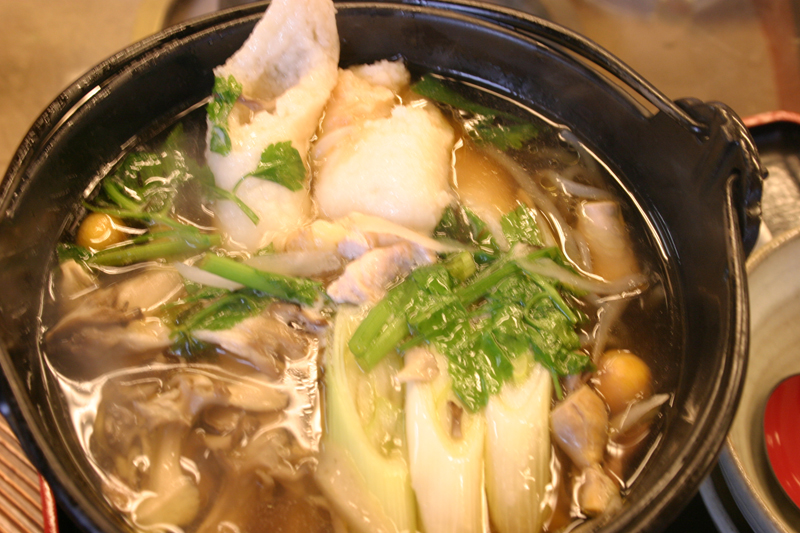
Hinai chicken is raised with such care. It is used in a variety of dishes, including Odate's specialty Kiritanpo hot pot, as well as yakitori and oyakodon, and is praised as the best ingredient.
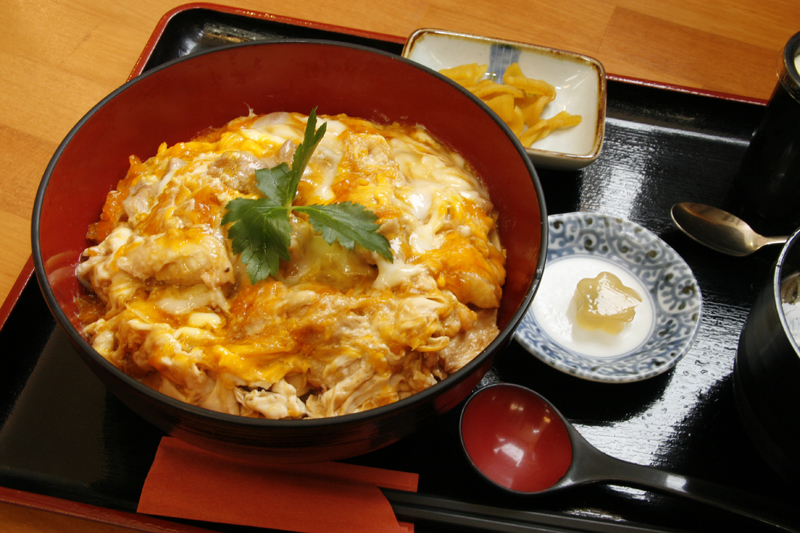
When you visit Odate City, be sure to taste the authentic taste.
Hinai Jidori <Information>
- Akita Prefecture official website “Hinai Jidori Net”
- URL: Hinai Jidori Net



![[Akita Prefecture] You'll love Japan's three major local chickens, "Hinai local chicken" even more! Introducing its characteristics, history, and delicious ways to eat it Hinai chicken yakitori](https://jp.neft.asia/wp-content/uploads/2022/07/26875802_m-150x150.jpg)
![Hot springs gush out in a place where there are no volcanoes! "Yuzawa Geopark" where you can see the mystery of the earth up close [Akita Prefecture] 4550228_m](https://jp.neft.asia/wp-content/uploads/2023/02/4550228_m-150x150.jpg)
![The popular game "Matagi" started in Kitaakita City! [Akita Prefecture] matagi](https://jp.neft.asia/wp-content/uploads/2024/04/matagi-150x150.jpg)
![Yurihonjo City, where Honjo, Kameda and Yajima domains were intersected between the Kubota and Shonai domains [Akita Prefecture] FF2C8AAA4350E7E179F97F97B38B3A2302F-1](https://jp.neft.asia/wp-content/uploads/2024/04/ff2c8aaa4350e7e179f97f38b3a2302f-1-150x150.jpg)
![Why do Nama balds take knives to tempt people - Oga Peninsula and the Legend of the Demon (1) [Akita Prefecture] New Year's Eve Event 001 @OGA City](https://jp.neft.asia/wp-content/uploads/2024/10/00bf8a32651033edd1191ba2d04c6f61-150x150.jpg)
![Akita Cedar, which has been close to people's lives since ancient times, is a close look at the reasons and secrets [Akita Prefecture] Ninfu Mizusawa Cedar Rare Population Protection Forest (Noshiro City, Akita Prefecture)_Travel Tohoku](https://jp.neft.asia/wp-content/uploads/2025/05/792bcbe7d9fd514753f4deeaca3de33f-150x150.jpg)
![The submerged forests of Lake Akiogi can only be seen from May to June! A mysterious sight with trees floating in the lake [Akita Prefecture] Submerged forest of Lake Akifan](https://jp.neft.asia/wp-content/uploads/2023/07/IMG_5033-150x150.jpg)
![[Chokaisan and Tobishima Geopark: Yurihonjo Edition] A strata from when Japan was the Eurasian continent can be seen B5C46A18BC0CC0CC0E9AD08084EAA5B](https://jp.neft.asia/wp-content/uploads/2024/04/b5c46a18bc0cc79de0e9ad08084eaa5b-150x150.jpg)

